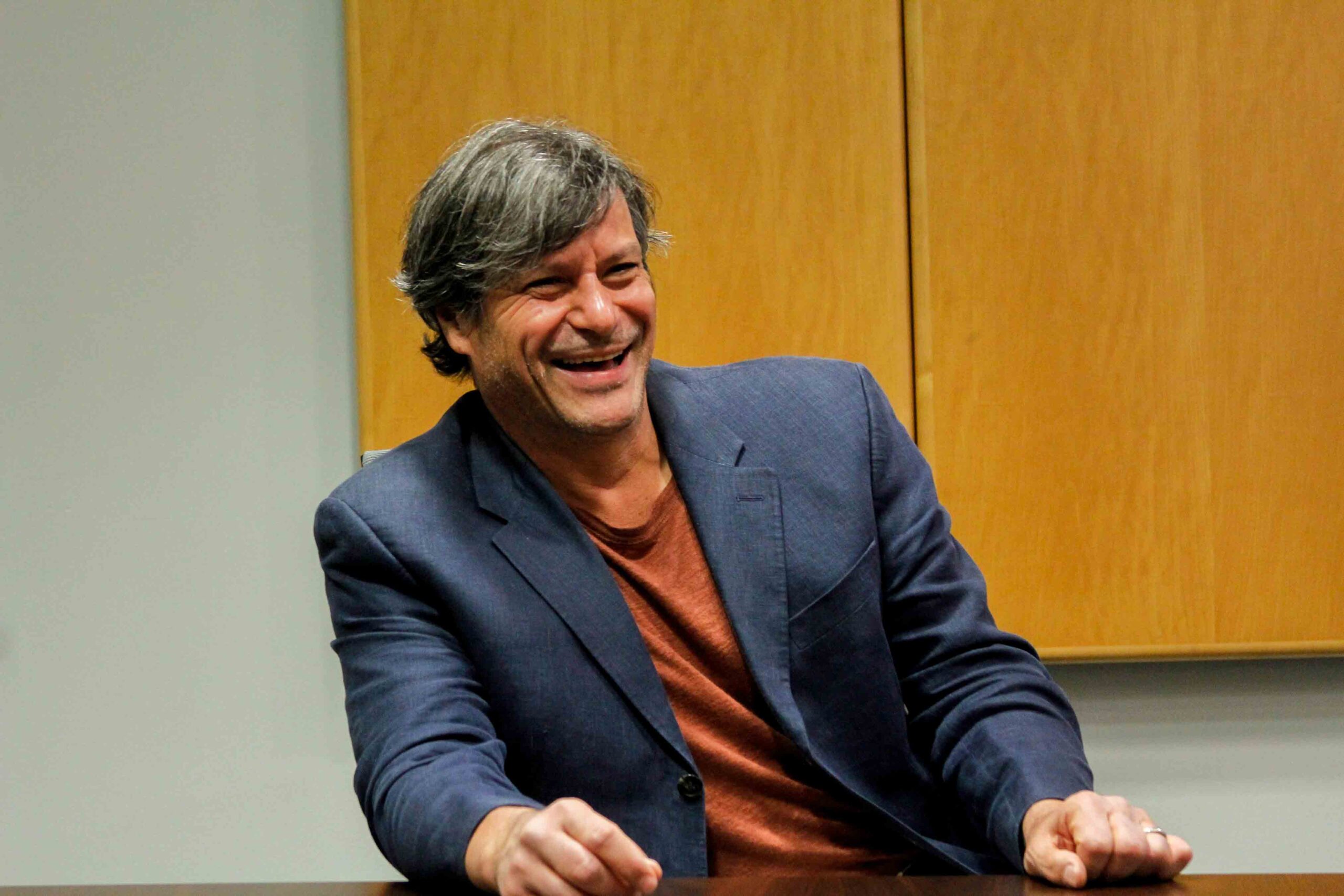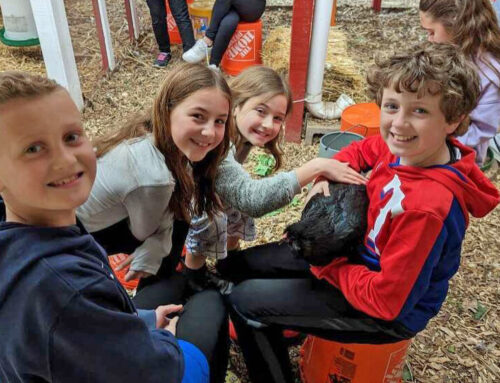
Joseph Vincelli started his career with a saxophone in hand. When he graduated from the Berklee College of Music in the ‘80s, he recorded 10 jazz CDs, two Christmas CDs and two classic jazz CDs over 30 years. He’s been performing professionally for 43 years, and he never imagined his career would take him to create a non-profit dedicated to music education.
While performing, Vincelli authored the K-12 curriculum for The Ranney School in New Jersey. After taking a break to go on a world tour, he wrote a book about the “why” behind being a musician. The book later became the concept behind his nonprofit, The Artist Outreach.
Today, The Artist Outreach serves about 50 schools in Dallas and Tarrant counties.
WHAT WAS YOUR MUSICAL CAREER LIKE BEFORE STARTING THE ARTIST OUTREACH?
I started playing saxophone, like many kids do in elementary school. I took it seriously in high school. I had a passion for creativity. Not just performing but creating. I started in New York City and then worked in Hollywood for about eight years. I moved to Texas after that to start my recording artist career. I was what they call a studio musician — you come in and get paid to play on somebody else’s CD. Then I started my own recording artist career. I had several CDs when CDs were popular. I toured the country many times and a couple of times around the world, under my own name, so that was very cool.
WHAT INSPIRED THE ARTIST OUTREACH?
In the midst of the early part of my career, I was writing a book about how important music is in our culture historically, philosophically and psychologically. It was a study book; it wasn’t meant to like fly off the shelves. It was meant for people who were taking music to learn more about why they do it, not how to do it. I wrote the book several decades ago, and I started The Artist Outreach 12 years ago. The real catalyst was The Art of Tone book. That has become my main reason as to why I wanted to do it. I know that there are other ways that music can help outside of entertainment. — How can we help educate people about what it is they need to learn whether it’s academics or culinary nutrition?
TELL US A LITTLE BIT ABOUT THE CURRICULUM.
I created the original curriculum, which is tying art forms — not just music, not just art, but all art forms — to be paired with academia. Whether it’s language, math or science, we tie them together. The primary program we have is for little kids learning academics, literacy of language and math. We use different types of original music that we create as a team. Then, not only just give it to the teachers in the classroom, but we come in the classrooms and perform it for them. So the teachers have an opportunity to see how it’s done and to see how to engage kids differently. They become much stronger with their math and language skills.
My teaching staff are artists. They go through pretty rigorous training to learn why they’re doing it, what they’re doing and then how to do it. Most teachers are going to say “Well, I’m a teacher, why can’t I just do it?” and they could, but they’d have to understand the concepts. Sometimes they don’t want to learn another curriculum, whereas the academic teachers are trying to do whatever they can to help their students learn math and language because there’s such a need.
WHAT ARE SOME OF THE PROGRAMS OFFERED?
The primary one is called the STREAMliners Arts-Integrated Academic Education, and it’s on our website. STREAMliners is basically STEM. The “R” stands for reading and the “A” stands for arts. We have several grades that we teach, from Pre-K all the way up to grade eight. The primary area that we focus on is Pre-K through early childhood reading readiness. Now why is this important? If students are not proficient in language or math by grade three, a lot of times we lose them. They never graduate high school because they just can’t keep up. Every year that goes by, it gets worse. Students do excel very well with this type of program because it’s engaging and it’s fun.
HOW DID YOU SET UP THE PROGRAM IN SCHOOLS?
I chose to go a much more difficult route by going to the principals and going to the superintendent of the district. It’s much harder to go in the front door than it is to go through a back door. You know, if you tell a parent, “Hey, I got this cool program,” and then they tell other parents, yeah, you’ve got that community, but they’re not the decision-makers inside the classroom. They’re not the decision-makers in regards to funding. I work with superintendents, principals and teachers. I always tell people there are three things to make a nonprofit work well. One is funding, obviously, you have to have money, right? Doesn’t matter where it comes from, you gotta have money. The second one is interest and then the third one is scheduling. Sometimes we fund it, sometimes the school funds it and sometimes we get them to partner on the funding.
WHAT ARE THE CORE VALUES OF THE ARTIST OUTREACH?
The first one is the big C, creativity. Everything that we do has to be around creativity. We take it very, very seriously. You have to remember that I played music, yes, but to be a professional recording artist, meaning I’m playing my own original music, which was jazz. Not a big area for marketing. It was instrumental music and the saxophone. The fact that I could focus all of my energy into that, I knew that it was all about creativity. That’s why we want artists on our team, because they’re already creative. Now it’s a matter of getting them to understand why they’re doing what they’re doing in the classroom. We’re trying to teach them a different way to look at the world.





